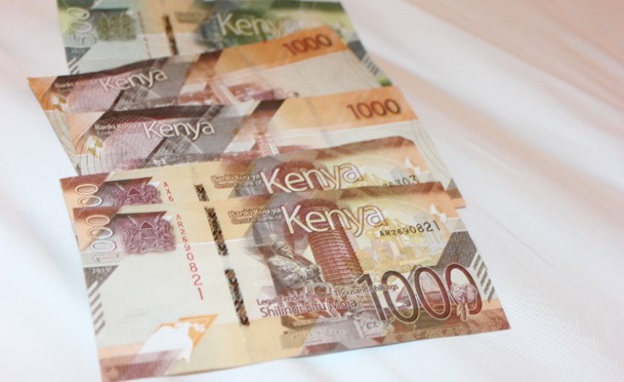
The Kenya shilling sank to a historic low of Sh124 against the US Dollar on Monday, coming at a time when Kenyans in the diaspora are sending record amounts of money back home buffing the country’s forex reserves.
Forex traders attributed the shilling weakening to increased dollar demand from oil retailing companies and general goods importers.
The depreciation comes at a time when statistics from the Central Bank of Kenya show that the country’s usable foreign exchange reserves remained adequate at USD 7.415 billion (Sh919 billion) as at January 12.
These were boosted by remittances to the country which hit a record high of ShSh497.1 billion in 2022, and 8.3 percent increase compared to the Sh458.9billion sent in 2021, defying global economic headwinds such as the Russia-Ukraine war.
The depreciating shilling despite the growth in reserves means that dollar supply in the market is lower than dollar supply.
A recent report from the International Monetary Fund (IMF) stated that Kenya is experiencing a tight period of forex demand coupled with reduced liquidity in the interbank foreign exchange market as well as a depreciation of the local currency following the war in Ukraine.
“Liquidity in the interbank forex market has dried up and shifted to the bank-client market where forex transactions are executed at a more depreciated rate, “said IMF.
The shilling had opened the year at 123.42 shedding about 10 percent of its value to the dollar year-to-date.
The continued depreciation of the local currency is expected to push up the cost of living in the country as Kenya’s economy is import dependent.
Main imports into the country include petroleum products, machinery, medicine, vegetable oil, pharmaceuticals, cars, wheat, and clothing.
This means that traders who import the goods will spend more to acquire them and thus pass on the cost to the consumers.
Researchers at AIB-AXYS Africa expect the local currency to continue under pressure due to the increased dollar demand from energy importers on the back of the prevailing high global oil prices, and reduced dollar inflows from key export-earning sectors.
“Additionally, the depreciation is driven by the continued strengthening of the dollar against other currencies,” they noted.
The dollar strengthened dramatically over the course of 2022 as the Federal Reserve hiked interest rates in an effort to quash sky-high inflation.
The U.S. Dollar Index, which measures the greenback against a basket of other currencies, was up more than 17 percent in 2022 according to Forbes investment.
With the weakening shilling and soaring inflation, Kenyans need to brace themselves for tough economic times ahead.
Kenya’s inflation soared to 9.1 percent in December as the effects of the Russia-Ukraine war continue to batter the economy.
THE ETHIOPIAN HERALD FRIDAY 20 JANUARY 2023



